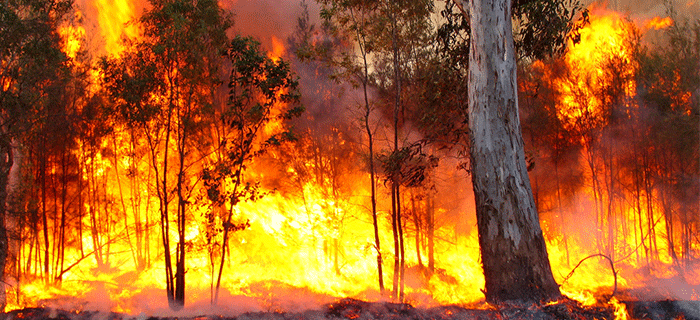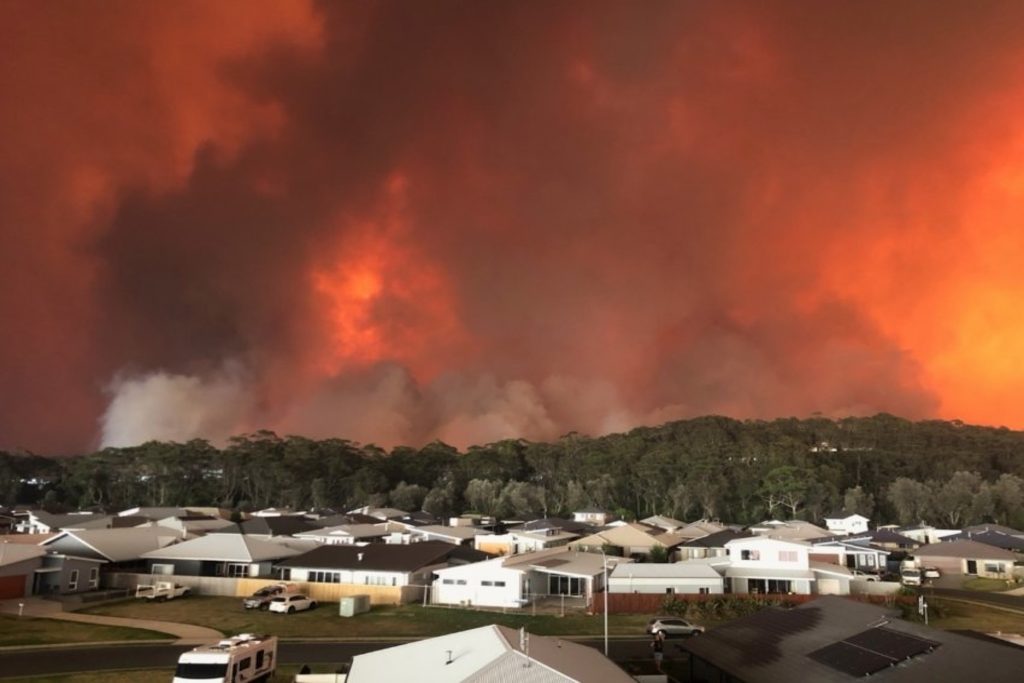Strategizing for Safety: Developing an Effective Bushfire Management Plan
Wiki Article
Finest Practices in Bushfire Management for Comprehensive Fire Defense
In the world of bushfire administration, the mission for thorough fire defense demands a meticulous strategy that includes various essential aspects. As we navigate with the nuances of these finest practices, an expedition into the detailed web of approaches and approaches awaits, assuring a deeper understanding of the diverse landscape of bushfire management for detailed fire protection.Threat Evaluation and Preparation
In bushfire administration for fire security, the first action entails conducting a complete threat assessment and developing a detailed strategy to mitigate prospective threats. By understanding these risks, fire security authorities can focus on locations that are most at risk to bushfires and allocate resources effectively.By having a well-defined plan in location, emergency solutions can act promptly and effectively to protect lives, building, and the setting throughout a bushfire outbreak. Reliable threat analysis and planning are fundamental parts of bushfire monitoring for ensuring thorough fire defense.
Plants Monitoring Techniques
After conducting a comprehensive threat analysis and creating a thorough strategy for bushfire monitoring, the emphasis moves to carrying out efficient greenery administration methods. Greenery management plays an essential role in reducing the strength and spread of bushfires.In enhancement to developing defensible area, recommended burning is another important plant life monitoring method. Recommended burns involve deliberately establishing fires under regulated conditions to reduce the accumulation of fuel, decrease the likelihood of high-intensity wildfires, and advertise environment wellness. By strategically burning locations with excess plants, fuel levels are reduced, making it harder for fires to spread rapidly and frantically.

Community Engagement and Education
Effective area involvement and education and learning are necessary elements in developing a durable and proactive technique to bushfire management. By involving community members in the planning and implementation of bushfire administration strategies, stakeholders end up being active individuals in securing their homes and neighborhoods. Neighborhood interaction fosters a feeling of shared responsibility and encourages citizens to take ownership of their safety and security.Education and learning plays a vital role in equipping people with the knowledge and abilities needed to minimize bushfire dangers effectively. Giving academic resources ablaze prevention, emptying procedures, and the value of early discovery can considerably boost neighborhood preparedness. Enlightening residents on the local bushfire atmosphere, consisting of fire habits and threat factors, allows them to make informed decisions throughout high-risk scenarios.
With ongoing involvement and education campaigns, communities can create a collective understanding of bushfire dangers and job collaboratively to reduce the effect of wildfires. By cultivating a society of preparedness and durability, neighborhood participants can boost their ability to respond successfully to bushfire emergency situations and protect both lives and building.

Early Detection and Caution Systems
Area engagement and education work as foundational columns in developing aggressive bushfire monitoring practices, BAL Assessment laying the foundation for the execution of durable early discovery and warning systems. Early discovery and caution systems are vital components in minimizing the impact of bushfires on areas and the environment. These systems incorporate a series of modern technologies and methods focused on determining and signaling authorities and locals to possible fire episodes promptly and successfully.One secret component of very early detection systems is the use of innovative monitoring innovations such as satellite images, drones, and weather stations to find signs of prospective fire ignition. These innovations give real-time data that can be evaluated to determine fire-prone locations and trigger early warnings. Furthermore, the assimilation of community-based surveillance networks and automated alert systems can enhance the effectiveness of early detection initiatives by entailing homeowners in reporting potential fire hazards and receiving timely warnings.
Efficient early detection and warning systems rely upon a multi-faceted technique that incorporates technical technology, area participation, and speedy emergency situation response protocols to ensure the timely and coordinated management of bushfire incidents. By investing in these systems and fostering cooperation in between stakeholders, areas can boost their strength to bushfires and lessen the affiliated threats.
Emergency Response and Discharge Plans
A well-coordinated and thorough emergency situation reaction and evacuation strategy is vital for efficiently safeguarding lives and building throughout bushfire events. These strategies ought to be meticulously crafted, considering elements such as the topography of the location, the density of vegetation, and the prospective speed and instructions of the fire's spread.One essential facet of an emergency feedback plan is the facility of clear communication networks to disseminate precise and prompt info to homeowners and emergency -responders. This can include using alarms, mobile notifies, social media, and neighborhood conferences to guarantee that every person is informed and understands what activities to take.
Evacuation paths have to be pre-identified and on a regular basis maintained to ensure they are obtainable during emergencies. In addition, designated emptying facilities need to be established to offer sanctuary, clinical assistance, and support solutions to evacuees.
Normal drills and exercises are important to familiarize homeowners with discharge procedures and evaluate the efficiency of the strategy. By continually updating and examining emergency situation feedback and evacuation plans, communities can improve their readiness and durability despite bushfire hazards.
Conclusion
In conclusion, efficient bushfire administration needs a detailed strategy that consists of threat analysis, plant life monitoring, area involvement, very early discovery systems, and emergency situation feedback strategies. By carrying out these ideal methods, neighborhoods can much better secure themselves from the disastrous effects of bushfires - BMP. It is important to focus on positive steps to reduce the risks posed by bushfires and guarantee the safety and well-being of individuals and areas in jeopardyAfter performing a detailed risk evaluation and developing an extensive plan for bushfire monitoring, the focus shifts to executing effective vegetation management techniques.Effective community engagement and education are important components in constructing a resistant and positive method to bushfire management. By including community participants in the planning and execution of bushfire administration approaches, stakeholders end up being energetic participants in safeguarding their neighborhoods and homes.Area engagement and education and learning serve as fundamental columns in establishing aggressive bushfire management techniques, laying the groundwork for the application of durable early discovery and warning systems.In final thought, reliable bushfire administration calls for an extensive technique that consists of danger analysis, vegetation administration, area engagement, very early discovery systems, and emergency reaction strategies.
Report this wiki page